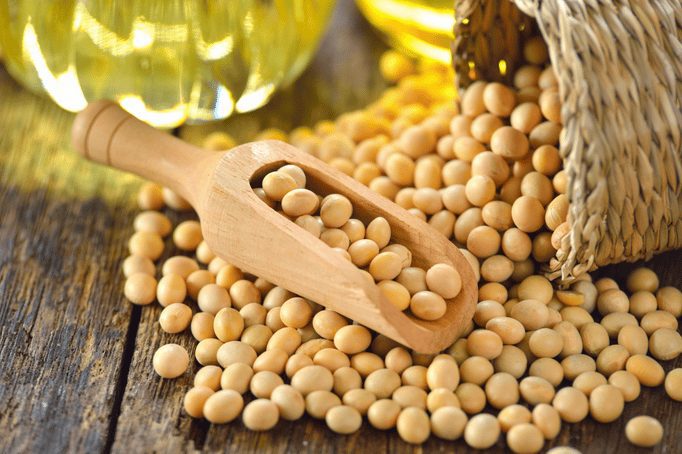Source: Paul Makube, senior agricultural economist, FNB Agri-Business, FNB media release, photo credit: Adobe stock/Food Business News
After lifting the 2019/20 maize harvest estimate by 2.4% to 15.89 million tons in its May 2020 report, the National Crop Estimates Committee (CEC) made a downward revision of the total maize output to 15.51 million tons which is however still 37.7.6% higher relative to the 2019 levels.
The main contraction in output was for the yellow maize areas of Mpumalanga and Gauteng which were reduced by 3.1% and 1.6% respectively from the May estimate. Reports from Mpumalanga indicate that some areas experienced a severe midsummer drought with less rainfall in February. Although the situation improved towards the end of the season, damage had already been done as reflected in yield reduction during the current harvest.
In the oilseed complex, yields were also revised lower for soybeans which came in down by 2.3% from last month to 1.26 million tons but still 7.8% higher than last year.
The sunflower estimate remained unchanged while groundnuts were cut sharply by 16.5% from the previous estimate to 37,500 tons. Similarly, yield losses for sorghum and dry beans are down by 1.5% and 3.1% respectively from last month.
While grain prices may initially edge higher in reaction to the revised estimates, the relatively hefty supply outlook will limit further upside in the medium term, which is positive from an inflation perspective.
This is good news for consumers as food inflation is expected to remain contained in particularly the bread and cereals, which decelerated further by 3.7% year-on-year (y/y) and unchanged month-on-month (m/m) during April 2020.
The South African Pork Producers’ Organisation (SAPPO) coordinates industry interventions and collaboratively manages risks in the value chain to enable the sustainability and profitability of pork producers in South Africa.








